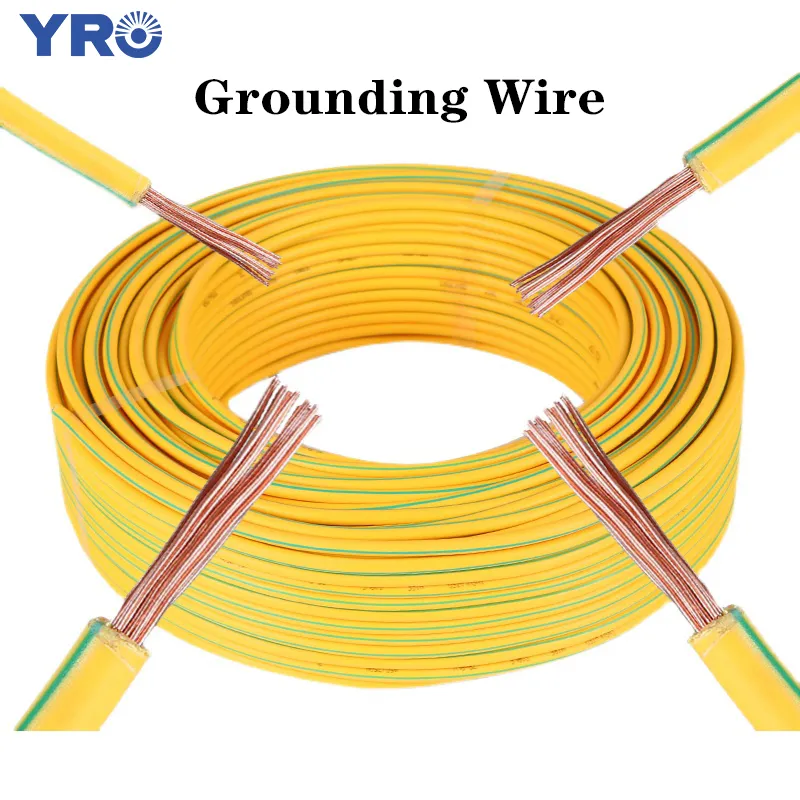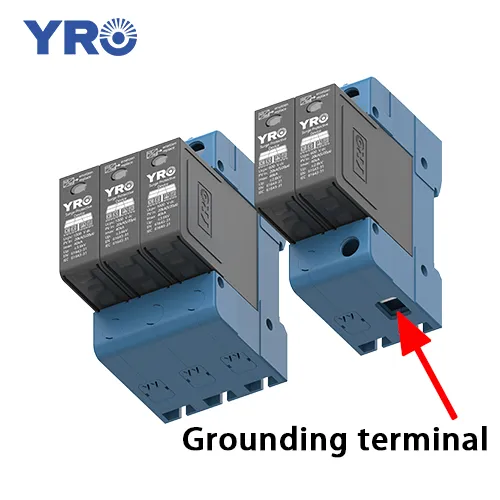Do Lightning Arrester Need to Be Grounded to Work?
2025-06-13
Surge protectors are an important line of defense against sudden voltage spikes, which may damage electrical and electronic equipment and even cause fires. However, many people who are not familiar with lightning arresters often have such a question: Does a lightning arrester need to be grounded to work properly? Next, we will explore the relationship between grounding and surge suppressor.
Do Lightning Arrester Need to Be Grounded to Work?
The Short Answer: Yes.
A surge protector must be grounded to work. While we previously explained surge protectors in "What Is a Lightning Arrester?", but considering that it might be difficult for ordinary readers to understand, this time we will explain it in a more accessible way.
The lightning arrester we are talking about here is more often referred to as a surge protector in the market. Its function is to protect electrical equipment from sudden voltage impacts.
What is a sudden voltage?
In simple terms, it refers to abnormal high voltage that occurs without warning in a circuit, commonly seen in situations such as thunder, static discharge, and grid fluctuations.
When an abnormal high voltage suddenly occurs in the circuit, the protector will instantly activate and direct the excess electrical energy to the ground.
What can be used to direct the excess electricity into the earth? The smart you must have guessed it - yes, it's the grounding wire.

How Grounding Enables Surge Protection?
A surge suppressor connected to a grounding wire will guide the excess lightning energy to the ground, through the ground wire after a lightning strike. This behavior is called discharging or discharging. After discharging, the protector returns to its original state, preparing for the next surge attack.
It should be noted that the protector is not always permanent. After experiencing repeated high-voltage impacts, its internal components will be damaged until they fail. If it is a product of poor quality, it may be completely damaged after just one use.
Can a Surge Suppressor Be Grounded?
Many people mistakenly believe that as long as a protector is plugged in, sufficient protection can be provided. But unfortunately, if the ground is not properly grounded, the inrush current cannot be effectively discharged, and the protection function fails. The consequences are as follows:
- Equipment vulnerability: Sensitive electronic devices exposed to destructive voltages are prone to damage
- Fire hazard: The lack of a safe discharge path for current may cause electrical overheating and lead to a fire
How to Ensure the Best Grounding Effect?
The grounding port of a surge suppressor is generally located at the bottom. This design not only conforms to the electrical layout principle of "entering from the bottom and exiting from the top", but also facilitates the natural sagging connection of the grounding wire, reducing bending stress. The grounding effect needs to take into account multiple factors. Let's first talk about the easiest ones to achieve:

Length
The length of the grounding wire is usually 10 meters, and the longest does not exceed 20 meters. Why can't it be longer? If the grounding wire is too long, it will increase the impedance of the current, making it difficult for the excess current to be introduced underground, thereby reducing the grounding effect.
Soil
When grounding, it is best to choose soil with good electrical conductivity. For instance, moist soil is better than dry soil, as this makes it easier for the current to conduct smoothly underground and results in a better grounding effect.
Material
It is better to choose grounding wires with good electrical conductivity and corrosion resistance, such as copper wires, which can not only ensure good current conduction but also extend the service life of the grounding system.
Conclusion
To answer the original question—yes, a lightning arrester must be properly grounded to work effectively. High-quality surge protectors with reliable grounding can provide solid protection and a reassuring experience for electronic equipment investment.
YRO provides surge protection solutions. Welcome to contact our team to learn about the latest product models, certification standards and power infrastructure optimization solutions.




